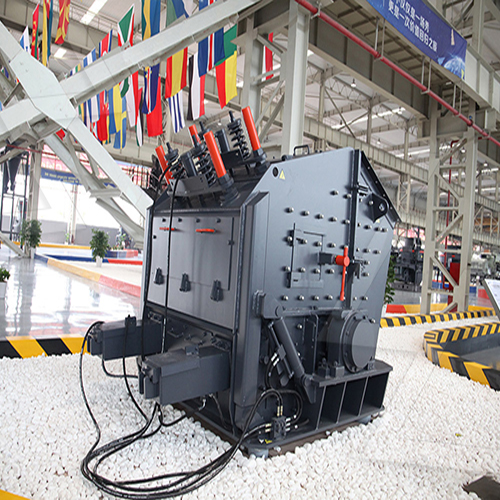The raw ore crushing process is a crucial step in mineral processing, which involves reducing the size of mined ore to facilitate further beneficiation (e.g., grinding, separation, or smelting). Here’s a detailed breakdown:
1. Purpose of Raw Ore Crushing
– Size Reduction: Large chunks of mined ore (often 1–1.5 meters in diameter) are broken down into smaller, manageable pieces (typically <10–25 mm).
– Liberation of Valuable Minerals: Crushing helps expose valuable minerals from the surrounding gangue (waste rock), making subsequent separation easier.
– Efficiency Improvement: Smaller particles improve downstream processes like grinding, flotation, or leaching.
2. Stages of Ore Crushing
Crushing is typically done in multiple stages to achieve the desired size while minimizing energy consumption and equipment wear:
 # (A) Primary Crushing
# (A) Primary Crushing
– Equipment: Jaw crushers or gyratory crushers.
– Input Size: Large rocks (up to 1–1.5 meters).
– Output Size: ~100–250 mm.
– Purpose: Coarse reduction for easier handling.
.jpg) # (B) Secondary Crushing
# (B) Secondary Crushing
– Equipment: Cone crushers or impact crushers.
– Input Size: ~100–250 mm.
– Output Size: ~20–50 mm.
– Purpose: Further size reduction for grinding feed.
# (C) Tertiary/Quaternary Crushing (if needed)
– Equipment: Fine cone crushers or high-pressure grinding rolls (HPGR).
– Input Size: ~20–50 mm.
– Output Size: <10–25 mm.
– Purpose: Achieve finer particles before grinding.
3. Key Equipment Used
| Stage | Crusher Type | Typical Output Size |
|——–|————–|———————|
| Primary | Jaw/Gyratory Crusher | 100–250 mm |
| Secondary | Cone/Impact Crusher | 20–50 mm |
| Tertiary | Fine Cone/HPGR | <10–25 mm |
4. Process Flow
1. Blasting & Mining → Ore extracted from the mine.
2. Primary Crushing → Large rocks reduced to manageable sizes.
3. Screening → Oversized material is recirculated for further crushing.
4. Secondary/Tertiary Crushing → Further reduction for optimal grinding feed.
5. Conveying





Leave a Reply